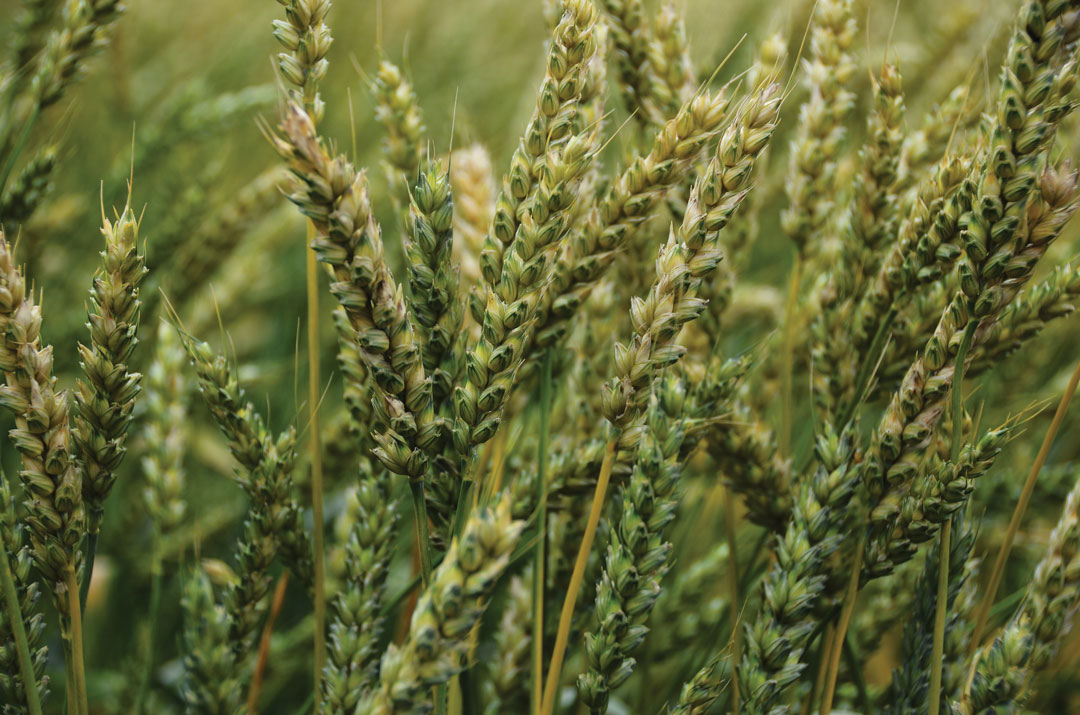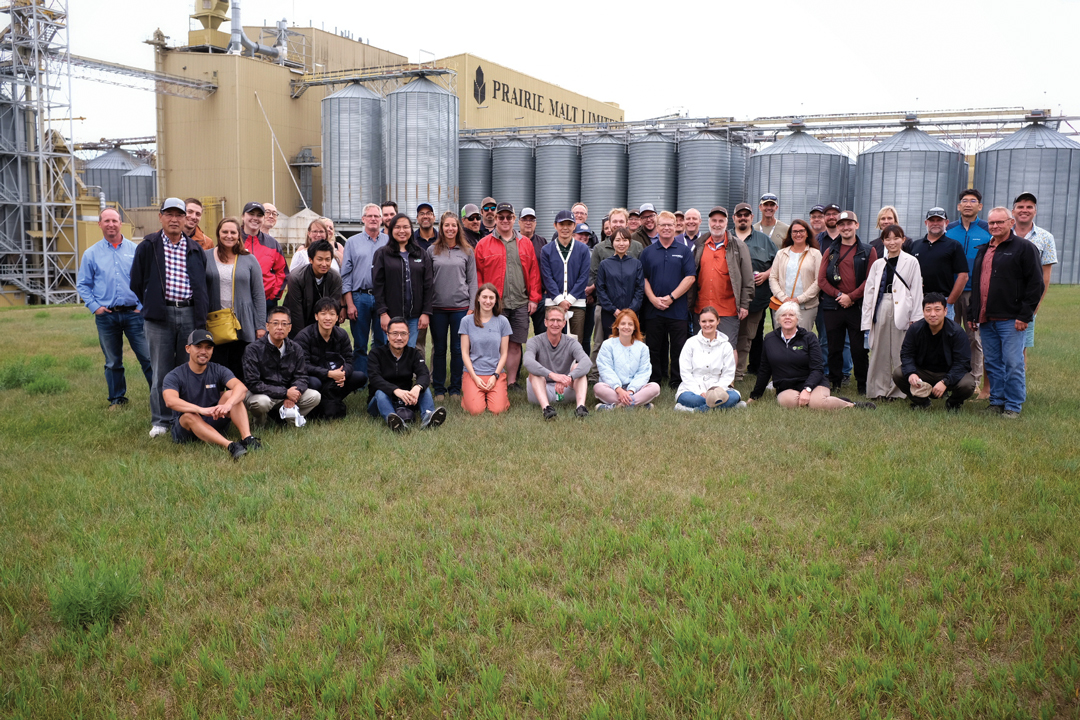CLASS SYSTEM
WHEAT CLASS MODERNIZATION LOOMS LARGE FOR PRAIRIE FARMERS
BY MELANIE EPP
The Canadian Grain Commission (CGC) began modernizing Canada’s wheat classes in January 2016. Effective Aug. 1, 2018, 25 Canada Western Red Spring (CWRS) varieties and four Canada Prairie Spring Red (CPSR) wheat varieties will move to the Canada Northern Hard Red (CNHR) class. Some are concerned about the loss of varieties such as Lillian, a solid stem variety that stood up to sawfly. While concerns are valid, the plan was designed with the protection of quality and consistency in mind. Additionally, new varieties are expected to be available in the near future.
“The intent of the wheat class modernization program was to review the parameters around our classes of wheat to ensure that we are providing a consistent product to our end users,” said Daryl Beswitherick, CGC national manager of quality assurance standards. “We wanted to enhance the consistency of Canadian wheat classes to support marketability and to look at how we could make the wheat class system as flexible as possible to allow the entry of new and innovative varieties.”
An example of this can be seen with the addition of three U.S. varieties to the CNHR class: Elgin ND, Prosper and Faller, all high-yielding dark northern spring wheat varieties.
“They were unregistered American varieties that producers were growing,” said Beswitherick. “There was considerable acreage being grown, so that was a signal producers wanted to grow varieties that weren’t in one of the classes. By creating a new class of wheat, we created a vehicle for these varieties to be registered in Canada.”
The program also addresses quality. Beswitherick said the CGC has moved forward to outline the new quality parameters for both CWRS and CPSR.
“We’ve implemented them and reviewed all the varieties within each one of those classes, and let the industry know that there are 25 CWRS varieties that are going to be moved from CWRS to our new CNHR class because they no longer meet the quality parameters for CWRS,” said Beswitherick. “And same with CPSR—there are four varieties that are going to be moved Aug. 1 [2018].”
The change isn’t entirely welcome. Kevin Auch, farmer and chair of the Alberta Wheat Commission, said that the class changes cause uncertainty. “I understand the reasoning, but it does put pressure on us farmers.”
Auch pointed to varieties that don’t have good replacements, such as Lillian, which is the only CWRS sawfly-resistant
variety. “It has been removed from CWRS, and there’s really no good alternative,” he said.
Overall, though, Auch said there hasn’t been great concern about the changes. “It’s one of those things we have to adapt to.”
Pierre Hucl, a researcher at the University of Saskatchewan’s Crop Development Centre (CDC), is well aware of this farmer concern and said the CDC has a new variety that has received support for registration and performs similarly to Lillian. CDC Adamant meets the new quality requirements for the CWRS class and is 15 to 20 per cent higher yielding than Lillian. According to Hucl, it’s resistant to various insects, including wheat midge. While it yet requires seed multiplication, if seed companies accelerate the process it could be available as soon as this year, but more likely in 2019.
In the meantime, the CGC continues to prepare for this year, ensuring farmers know what they should plant in spring. “It’s getting critical now,” said Beswitherick. “The wheat that producers plant in spring could switch classes before they harvest it.”
For a full list of varieties in transition, visit ggc-pgc.ca.







Comments